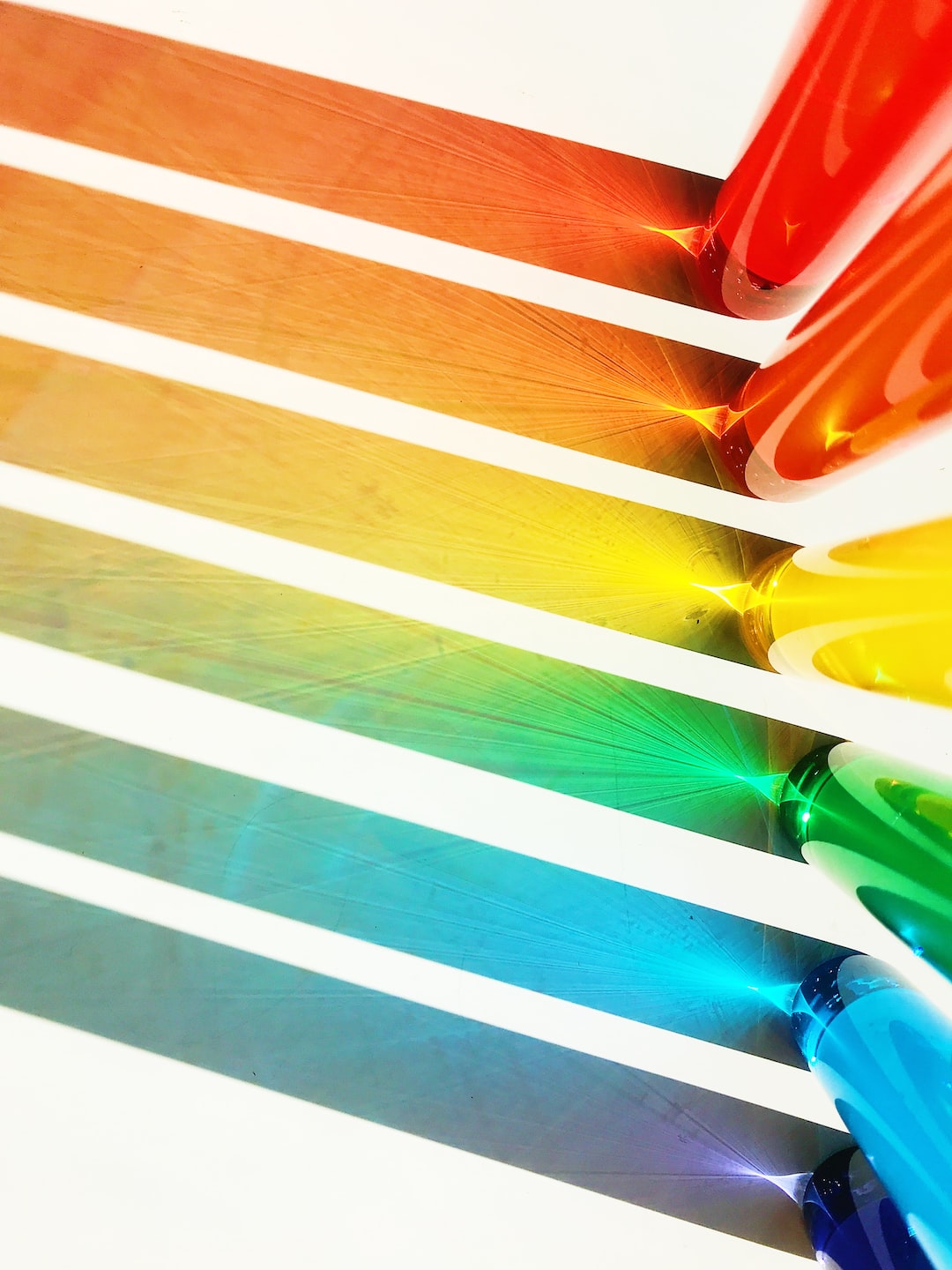Analyzing the Role of Typography in UI/UX Design for Websites and Apps
Typography plays a significant role in the field of UI/UX design for websites and apps. It is not just about choosing beautiful fonts or making the text readable; typography is about creating a visual hierarchy, conveying emotions, and enhancing the overall user experience. In this blog post, we will analyze the role of typography in UI/UX design and explore its various facets.
Firstly, typography helps in establishing a visual hierarchy on a web page or app. By utilizing different font sizes, weights, and styles, designers can emphasize important information and guide users’ attention. For instance, headings and subheadings are usually larger and bolder than the body text, making them stand out and easily scannable. This aids users in quickly grasping the content structure and finding relevant information.
Moreover, typography is instrumental in conveying emotions and creating a consistent brand identity. Different typefaces evoke distinct feelings; a playful and rounded font evokes a friendly and casual mood, while a serif font may give off a sense of elegance and sophistication. The choice of typography should align with the brand’s personality and values, ensuring a cohesive user experience across all touchpoints.
Furthermore, the legibility and readability of the typography greatly impact the user experience. The text should be easily readable, irrespective of the device or screen size. Designers must consider factors such as font size, line spacing, and contrast to enhance legibility. A good rule of thumb is to maintain an optimal line length (around 45-75 characters per line) as longer lines can tire the eye and make the text harder to read.
Additionally, the appropriate use of typography can help establish a sense of trust and credibility. Clean and professional typography reflects a well-thought-out design, conveying a message that the brand is reliable and authentic. Conversely, a cluttered or poorly chosen typography can potentially contribute to a negative perception of the brand.
Typography is also vital in creating an inclusive user experience. Designers must consider the accessibility aspect of typography by optimizing the contrast between the text and background, ensuring sufficient color contrast for visually impaired users. Choosing easily readable fonts and using appropriate font scaling techniques can also enhance usability for users with different visual abilities.
Furthermore, typography aids in storytelling and setting the overall tone and mood of a website or app. It adds personality and character, making the design more engaging and memorable. Whether it is a bold and impactful headline or a subtle and elegant body text, typography has the power to evoke emotions and create a connection with the user. A well-crafted typographic composition enhances the aesthetics of the design and enhances the overall user experience.
To conclude, typography is not merely about making text readable; it is an integral part of UI/UX design for websites and apps. It elevates the visual hierarchy, conveys emotions, enhances legibility, establishes trust, promotes inclusivity, and fosters storytelling. Designers need to carefully consider typography choices to create aesthetically pleasing, functional, and delightful user experiences. By understanding the significance of typography and leveraging its various facets, designers can create remarkable designs that resonate with users and leave a lasting impression.

